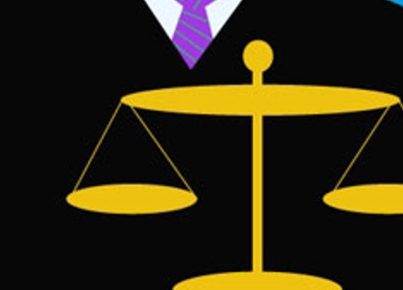A groundbreaking change has recently taken place in the state of Utah, where recess has now been deemed as instructional time for students. This change represents a progressive leap in education and is set to have a massive impact on children’s learning experiences.
The concept of recess has always been seen as a break from the classroom, a time for students to stretch their legs, engage in physical activities, and socialize with their peers. However, the educational benefits of recess are often overlooked. With this new policy in place, Utah has acknowledged the importance of incorporating playtime into a student’s day-to-day activities.
Various studies have shown that recess provides multiple benefits for students’ mental and physical well-being. It has been linked to improved cognitive performance, better attention spans, and increased creativity. Moreover, it offers opportunities for social interaction and helps students develop vital skills such as negotiation and teamwork.
One primary concern educators have had about recess is the lack of structured activities that ensure children can make the most out of their free time at school. By allowing recess to count as instructional time, schools can create a more comprehensive approach to combining physical activity and academics within the curriculum. This can help address gaps in educational achievement, especially for children struggling with traditional methods of instruction.
By counting recess as instructional time, Utah not only highlights the need for physical activity and healthy living but also endorses a shift towards more holistic approaches to education. It is important to recognize that learning does not solely occur in classrooms or through textbooks. Children learn through interactive experiences; therefore, embracing playtime as part of learning is crucial.
Utah’s decision comes at an opportune time when schools across the country are rethinking their approaches to education following the challenges posed by COVID-19. With increasingly sedentary lifestyles due to remote learning and stringent classroom measures, introducing structured recess time is one way to counteract this harmful effect on students’ mental and physical well-being.
In conclusion, Utah’s move to consider recess as instructional time is a progressive step in the right direction. It highlights the importance of embracing holistic methods of learning, now more than ever. By offering students opportunities for physical activity and social interaction during recess, schools can foster a diverse learning environment that supports children’s cognitive, emotional, and social development.





